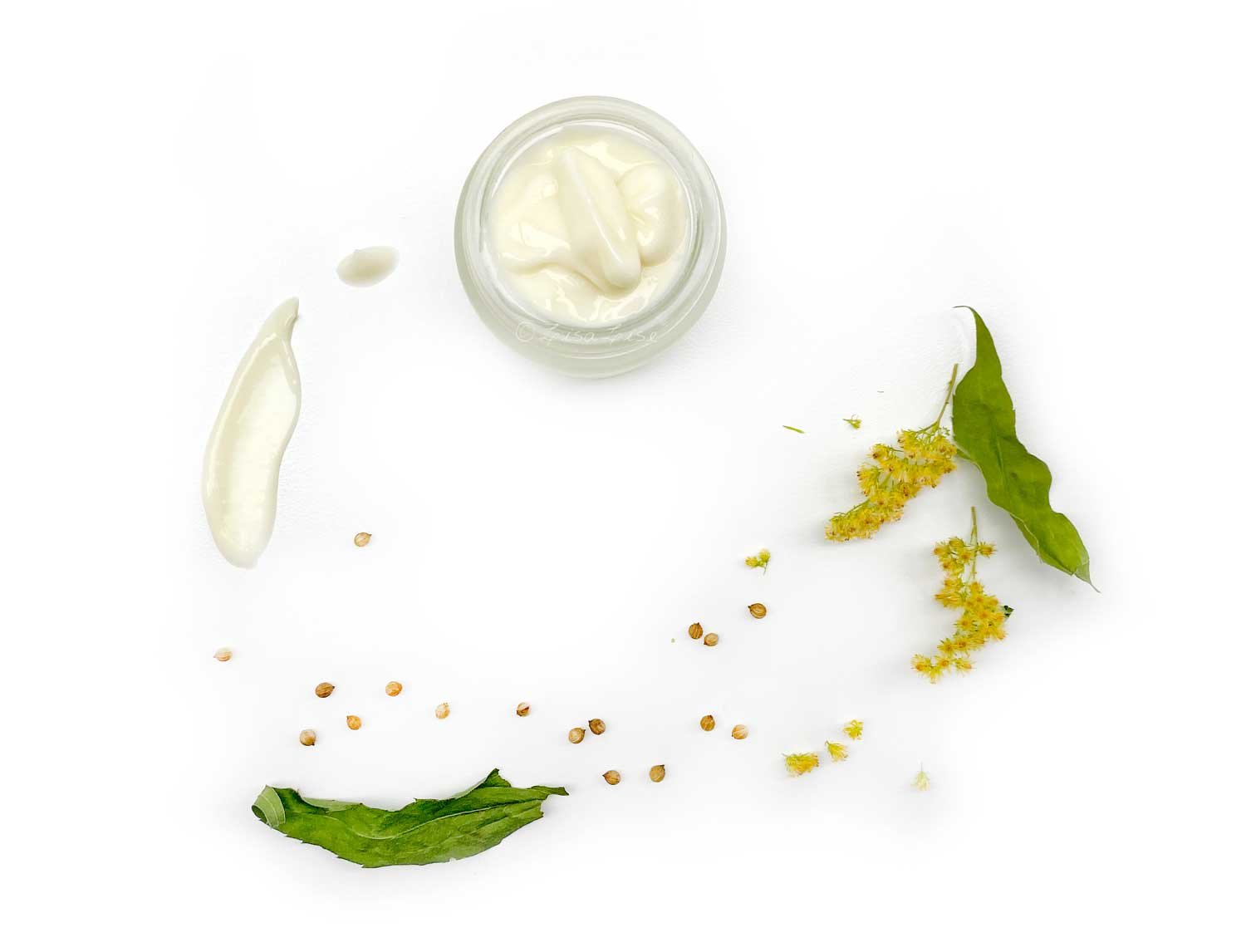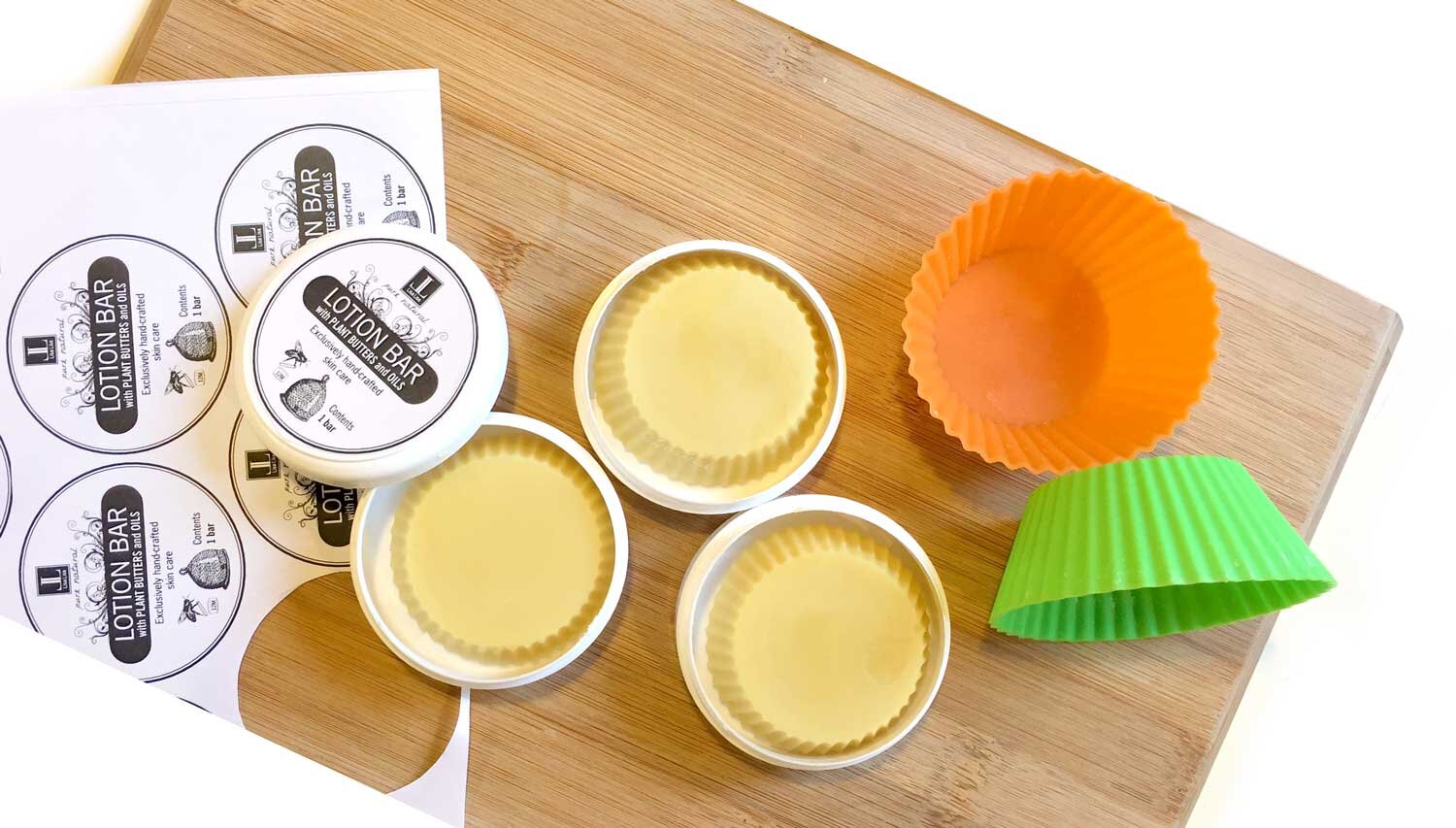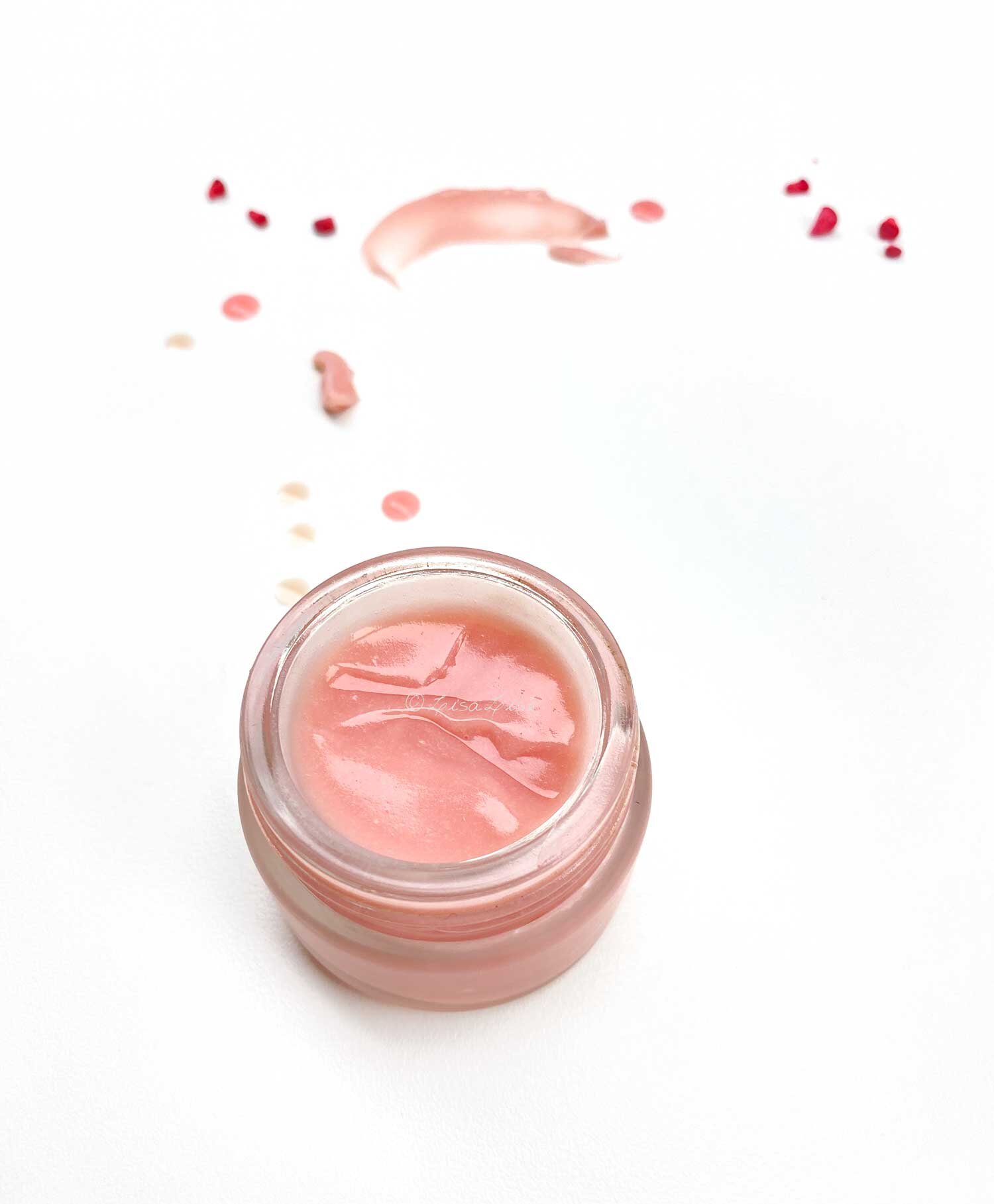Formulating on the Fly - Emulsion with DIY Emulsifier
Lise
In this previous post, the lovely and generous Heike Käser taught us how to make our own Sugar Ester emulsifier that can be used in much the same way as one normally uses Sucragel (read: it can be used for both cold-mix and heated emulsions).
After making my own first batch of the emulsifier, I was so excited about testing it out, I made an on-the-spot, ‘on the fly’ emulsion.
You: What, Lise?! You didn’t sit down first and calculate everything and then bring out scales and weigh everything properly and write everything down??
Me: Nope. I jumped straight into it with my freshly made emulsifier (but did bring out the scales and notebooks and weighed and wrote everything down as I was working).
Pictured above: my first emulsion using this handcrafted emulsifier.
Today, we’re going to take a look at how to formulate on the fly.
Warning (and TOP TIP)
Don’t skip any of the steps or you’ll never be able to recreate your formula (and wouldn’t that be annoying if your very first batch turns out to be the most pristine perfection you have ever made?)
Here’s How I Made This Emulsion
Have every ingredient at room temperature
Weigh up desired amount of emulsifier and note weight
Weigh up more oil than you think you may need and note weight
Add oil slowly and work in thoroughly until the texture is appealing (see notes on stirring method below)
Weigh container with remaining (unused) oil and note weight (math to be done later)
Weigh up water phase (using same procedure as oil)
Add water phase to mixture bit by bit and work in thoroughly until the texture is appealing
Note weight of remaining water
Check pH (this one was good to go)
Weigh emulsion
Calculate and add preservative
Transfer to final container ( the pot you see pictured above).
The Last (and Very Important) Step
After all the on-the-fly fun at the workbench, there is an important final step: grab a cup of your favorite beverage and sit down to do the math to determine the exact percentages of the ingredients used so you can finalize your formula.
Skipping this step can have dire consequences if you discover you have created perfection and want to make another batch but realize you didn’t take enough notes to do the necessary math. (Don’t say I didn’t warn you)
Stirring Method
Heike’s suggested method for using this DIY emulsifier includes using a high speed mixing tool after all ingredients have been mixed, but I decided to see what would happen if I simply did everything using my regular hand-stirring technique.
Spoiler alert: the texture is a winner.
Obviously, a few repeat performances are necessary before this can be pronounced a full success.
Ingredients in this Emulsion
Handcrafted emulsifier (see how to make it here)
Coriander seed oil
Handcrafted goldenrod hydrosol
Preservative (I used Naticide)
Emulsion Impressions
This is a very oil-rich emulsion where a little goes a long way. The cream feels super lightweight yet decadently rich and goes on smoothly with absolutely no soaping or tackiness.
It smells amazing too (but then again, I chose ingredients that smell amazing).
This wont be my last batch, but I will probably be combining a few oils for future batches. An emulsion this oil-rich can be quite greasy feeling on the skin if you use more than a small amount and because I am a hopeless slatherer, few drier feeling oils will need to be included.
Finally, let me share a couple of extra tips from Heike
Be mindful of pH. Sucrose stearate is sensitive to acidic ingredients. To avoid separation, dilute any acids (such as lactic acid, etc) before adding them to your mixture.
The emulsion may turn out thinner with the addition of alcohols, acids, or if you employ vigorous stirring.
Do Tell
Have you ever formulated on the fly? Did you remember to take notes?





















